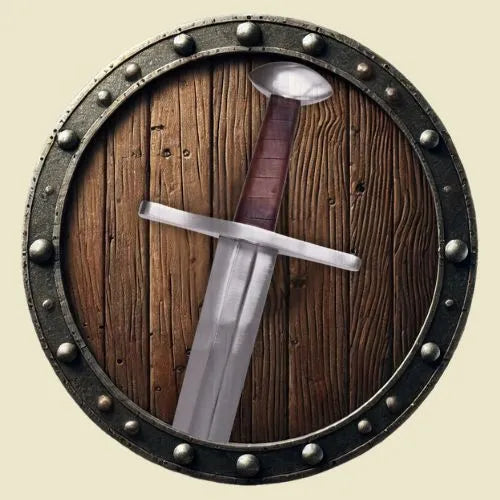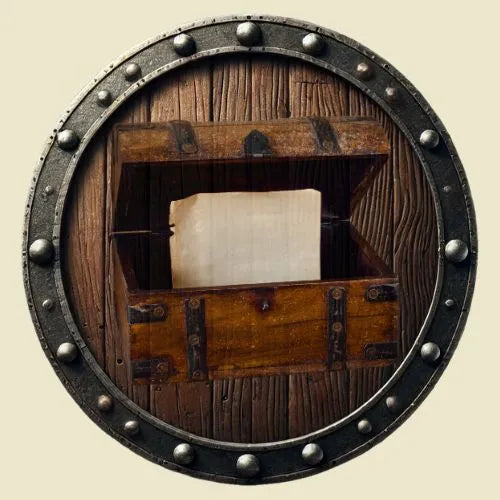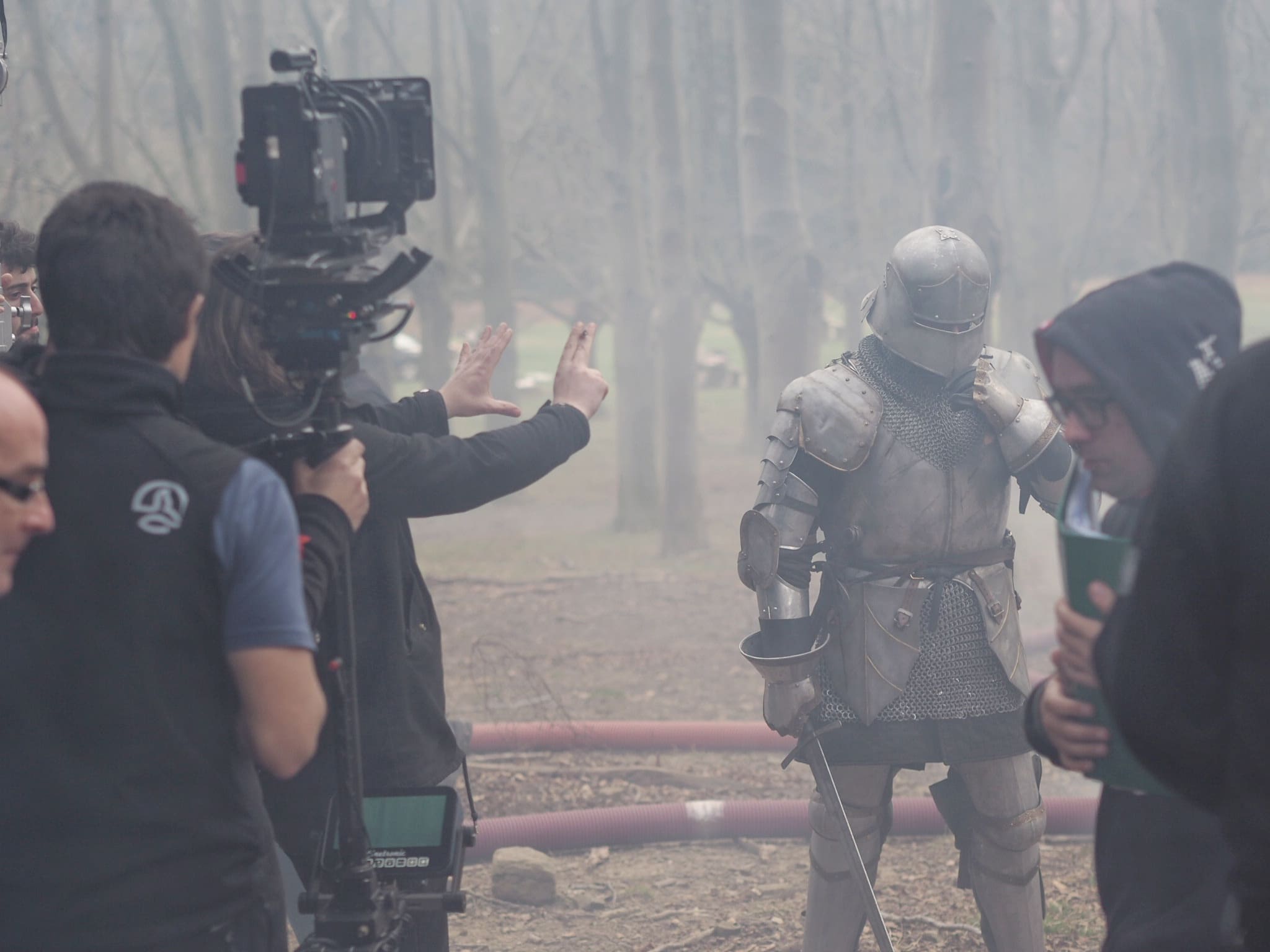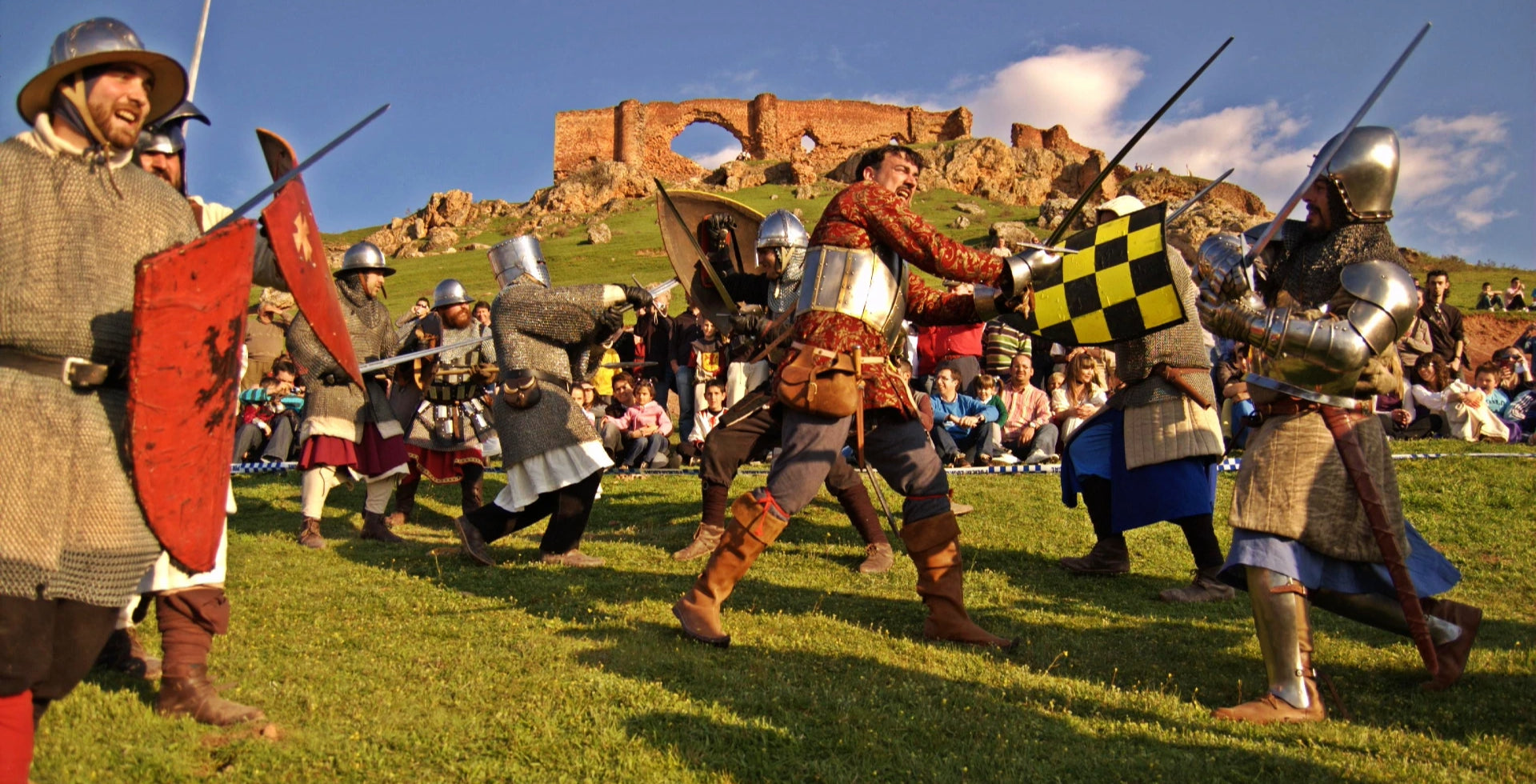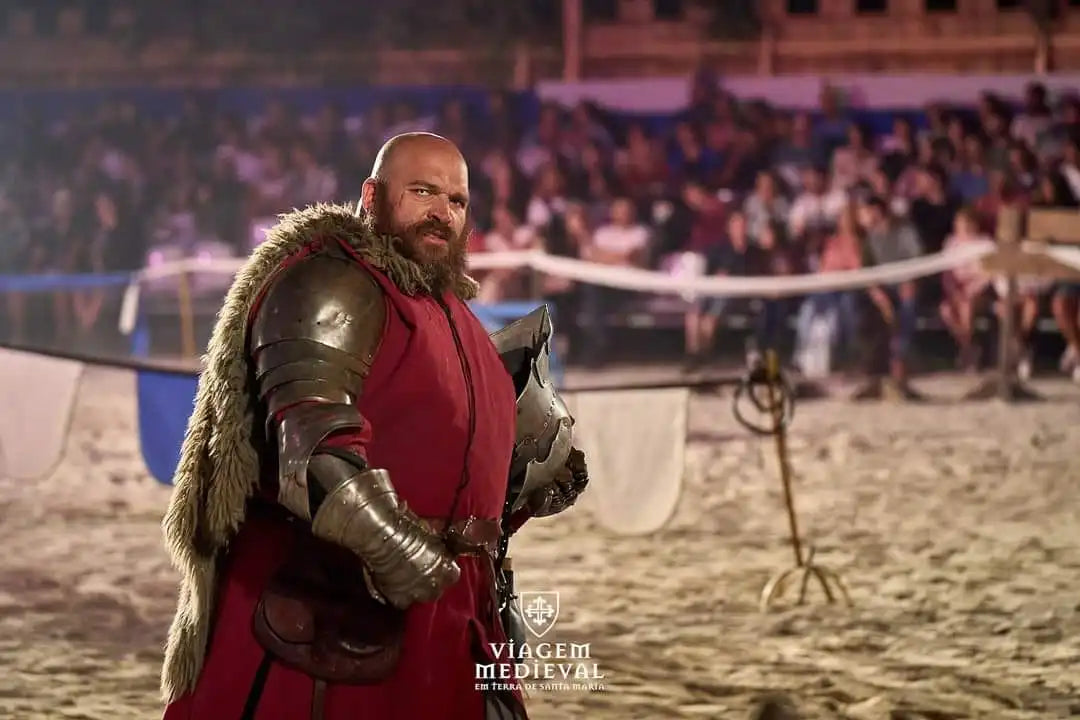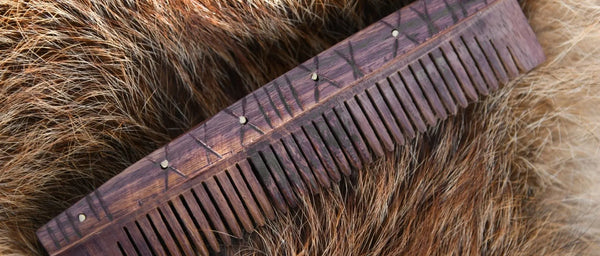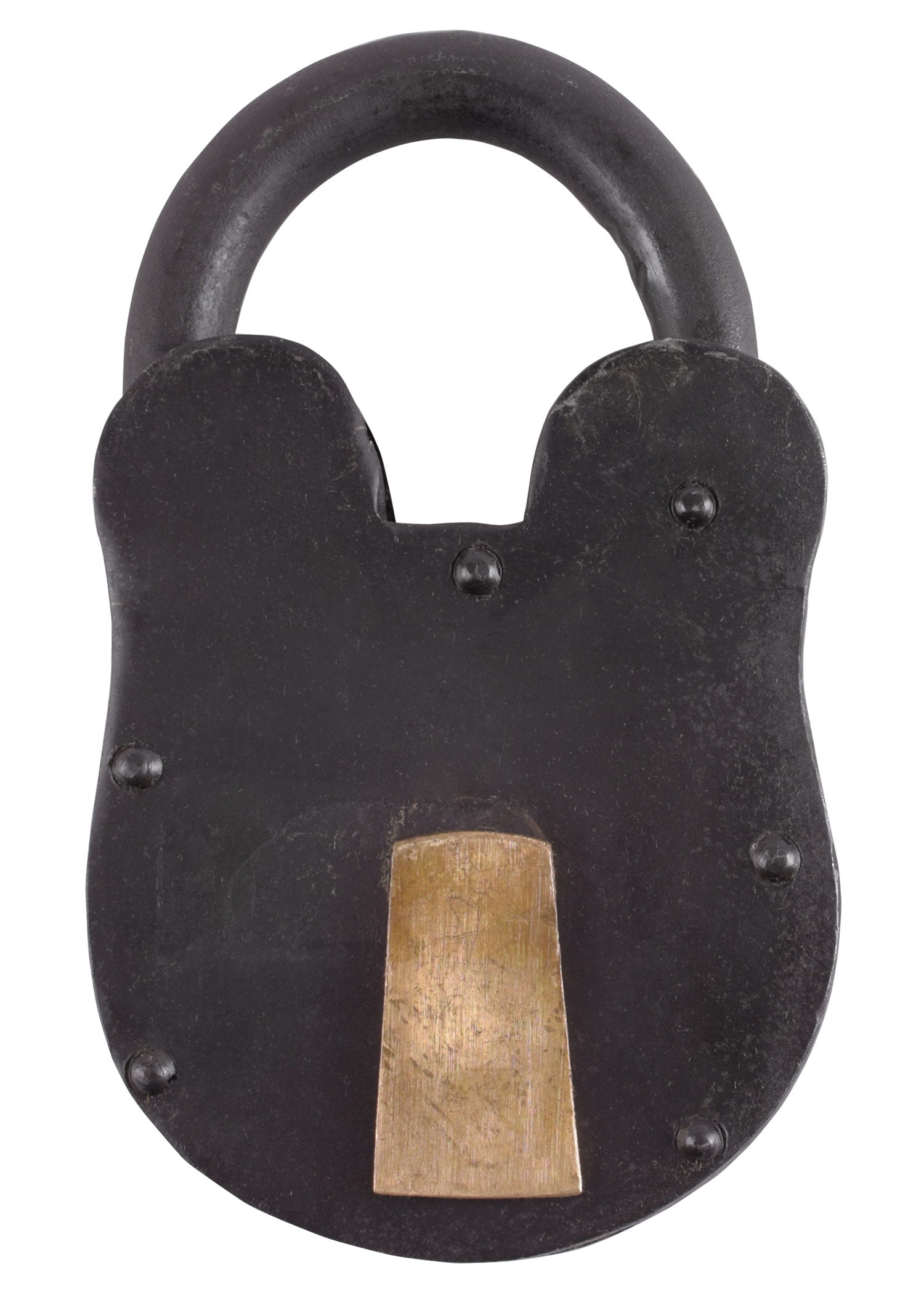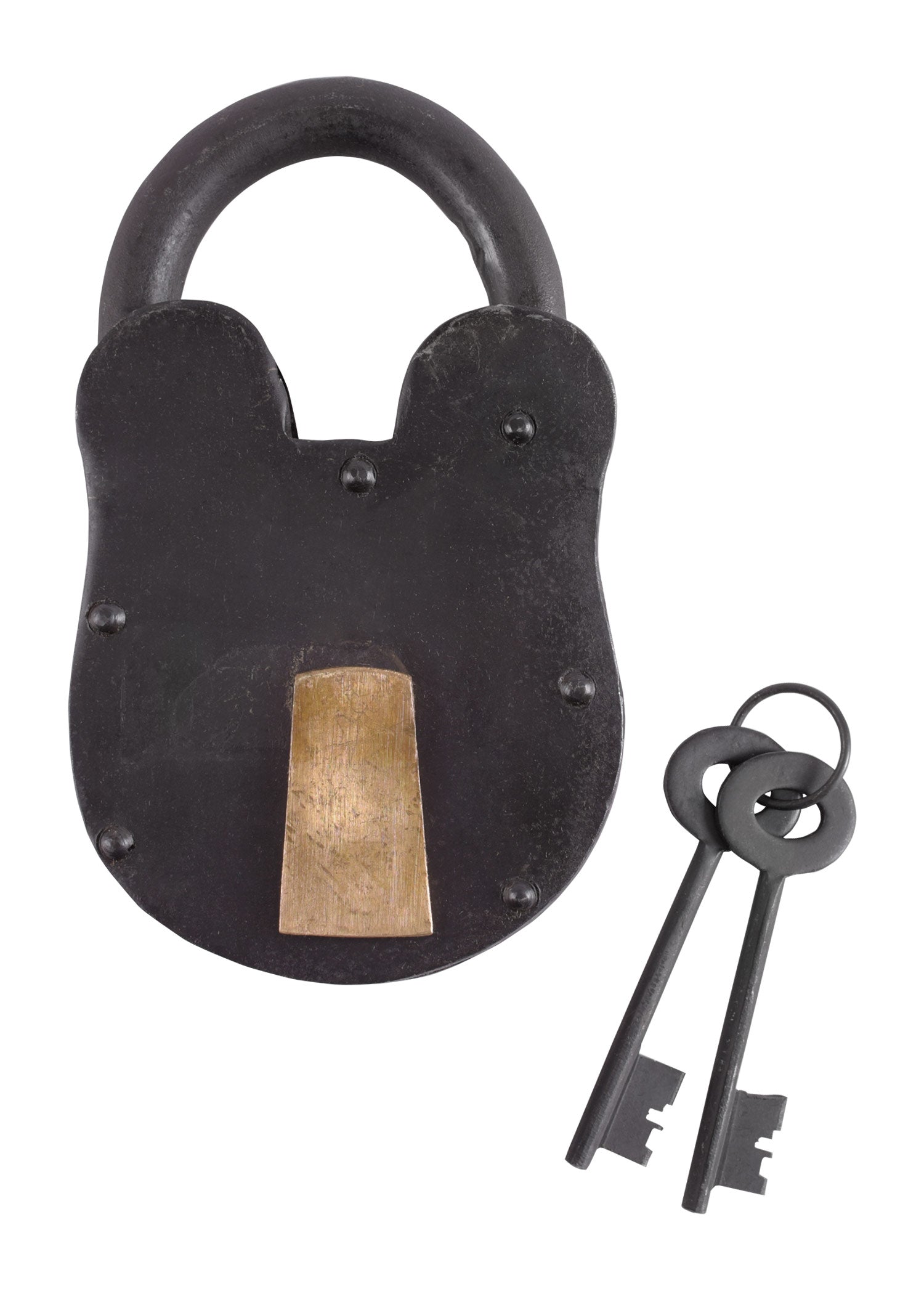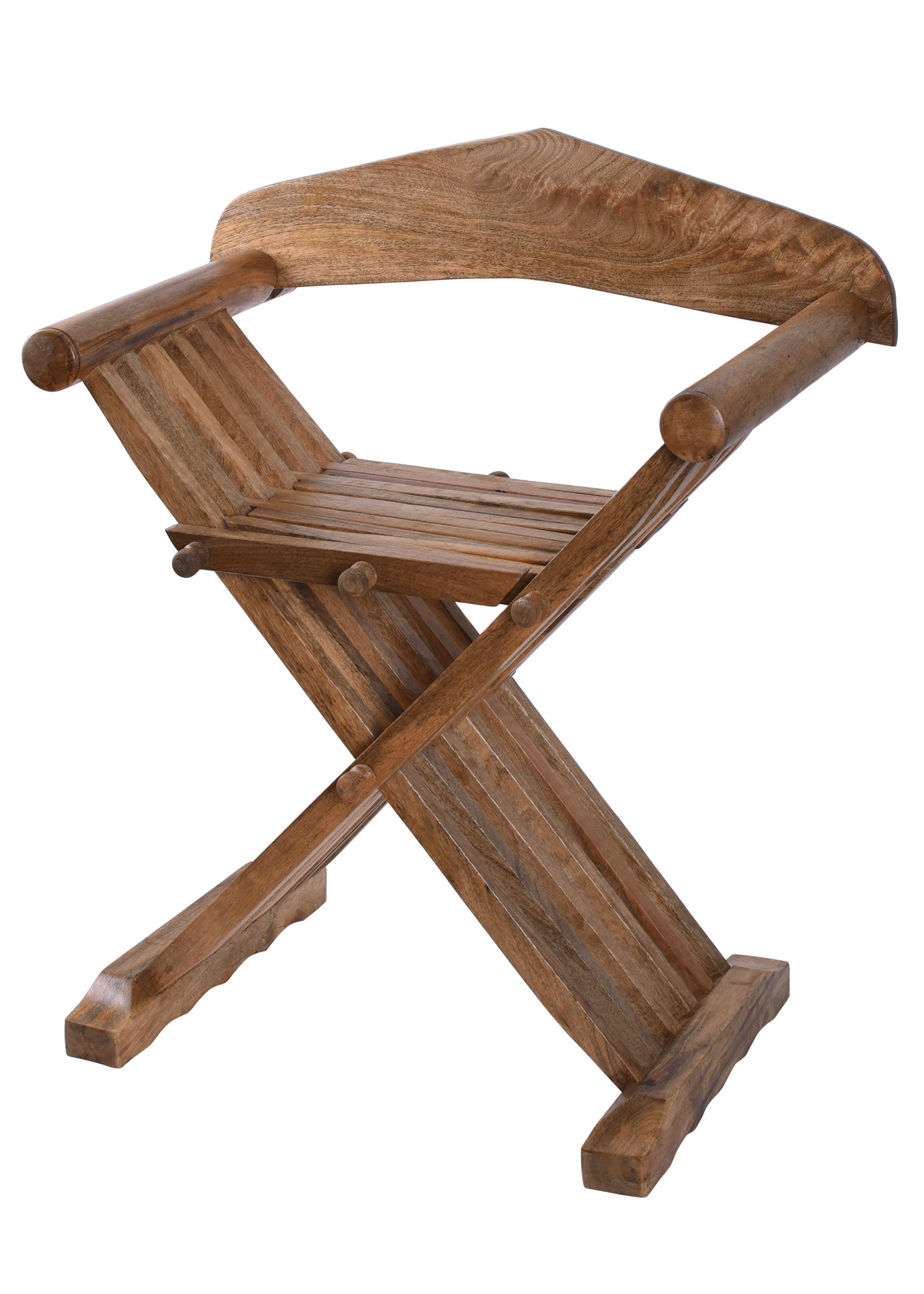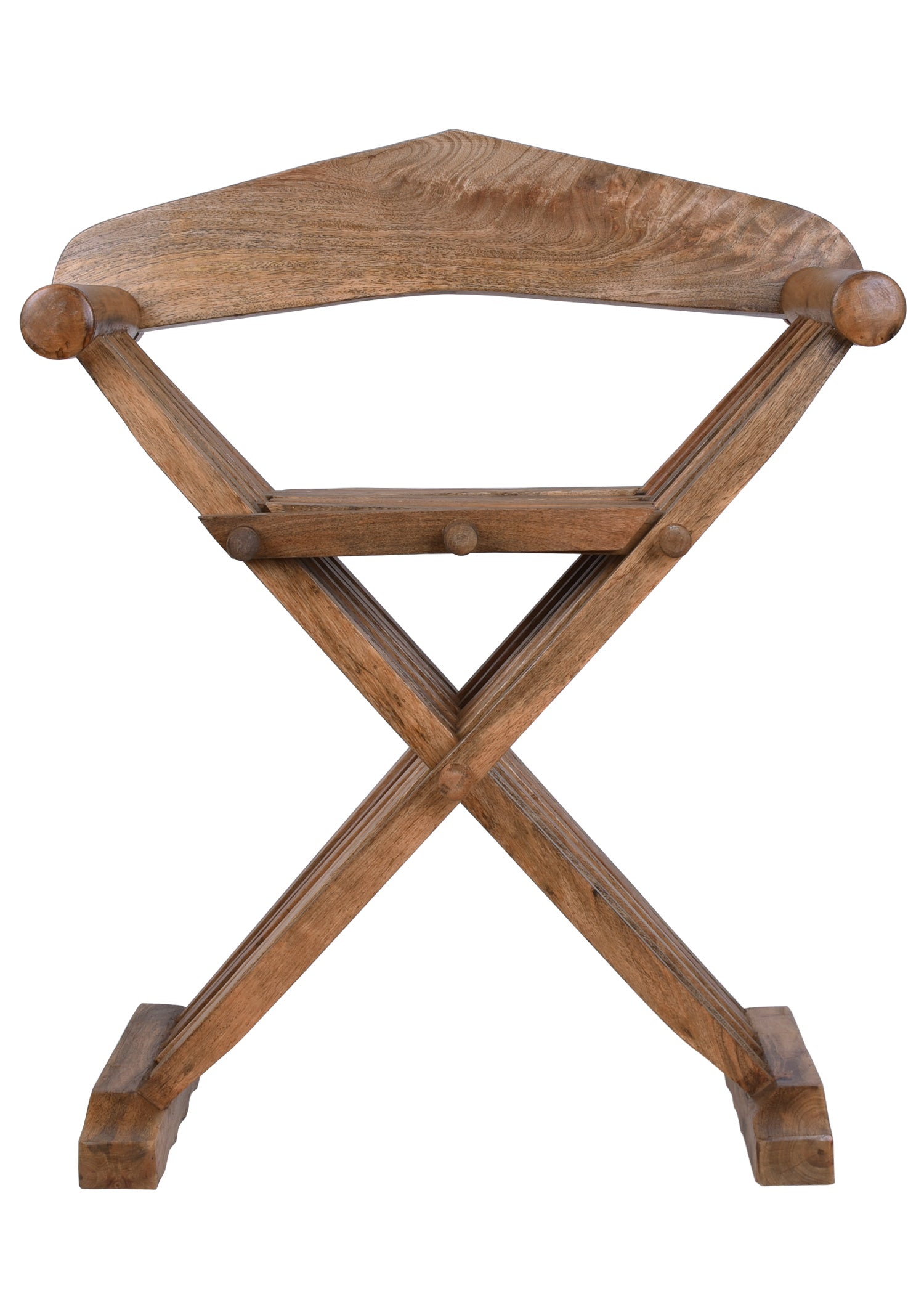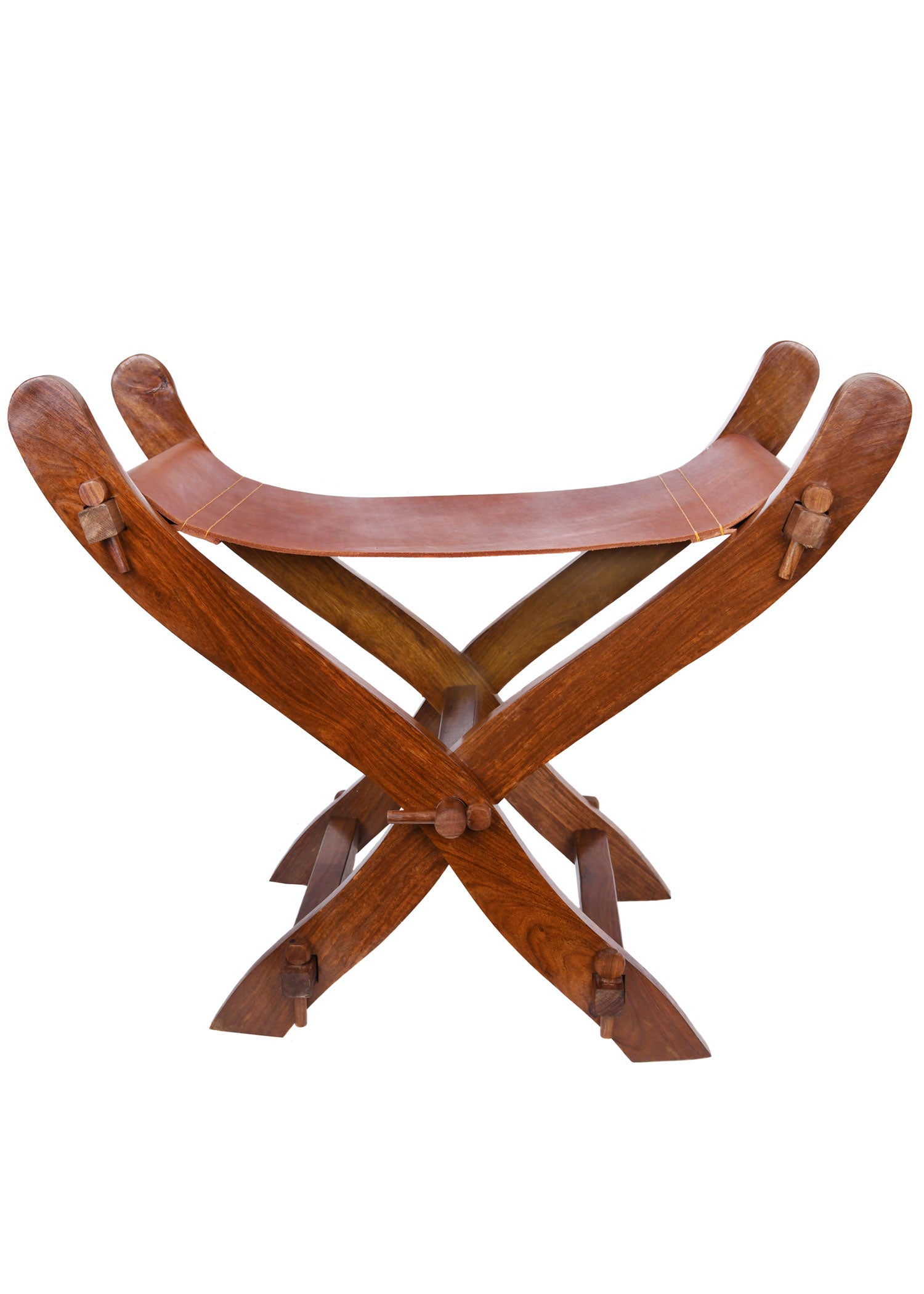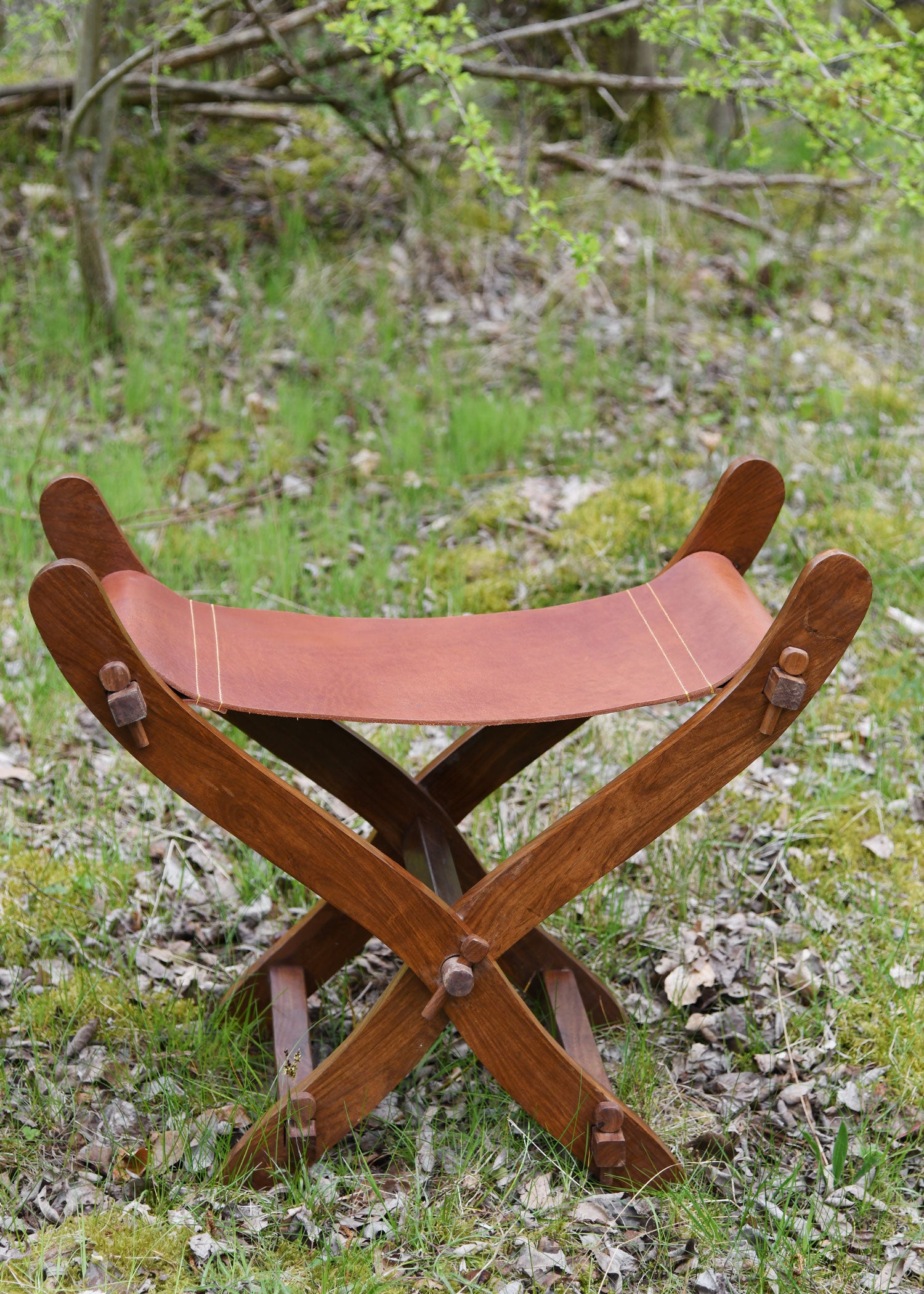Early Medieval Furniture: Functionality and Status in the Medieval Period
Early Medieval furniture reflected both the functionality and social hierarchy of the time. From castles and monasteries to villages and military encampments , each piece was designed to be sturdy and serve a specific function. Made primarily of oak, walnut, or chestnut , medieval furniture was often sturdy and decorated with simple or heraldic carvings in more affluent homes.
Main medieval furniture
- Thrones and high-backed chairs : Used by kings and nobles, richly carved and with thick fabric cushions.
- Benches and stools : Common in taverns and humble homes, easier to transport and store.
- Plank tables : Large and sturdy, used in castle halls for banquets and meetings.
- Medieval arch : One of the most versatile pieces of furniture, it was used to store clothing, weapons and documents, as well as functioning as a seat.
- Canopy beds : Typical of nobility and monasteries, with curtains to protect from the cold and provide privacy.
- Shelves and cupboards : For storing utensils and food in medieval kitchens and pantries.
- Desks and writing tables : Featured in monasteries and cultured homes, designed for reading and writing manuscripts.
Materials and characteristics of medieval furniture.
- Solid wood : The most commonly used material, with rustic finishes and reinforced with iron in some cases.
- Iron and bronze : Used in hardware, hinges and locks for greater durability.
- Functional and durable design : Without ornamental excesses in common furniture, but with details in those of the nobility.
- Carvings and decorations : Religious, heraldic or geometric motifs on upper-class furniture.
Differences with furniture from other cultures.
- More robust and solid : Unlike Viking furniture, which was lighter and more transportable, medieval furniture was usually heavier and more durable.
- Greater use of carvings : While the Vikings preferred simple designs, medieval noble furniture often had heraldic engravings.
- More elaborate beds : In contrast to the simple beds of other cultures, four-poster beds with mattresses filled with wool or feathers became popular in the High Middle Ages.
Early medieval furniture combined practicality , durability, and social standing . If you're looking for replicas of medieval tables, chests, chairs, or beds for historical reenactments, collections, or medieval settings , at Medieval Shop you'll find authentic pieces inspired by this fascinating era.

